Growing Incidence of Cancer
The escalating incidence of cancer in India serves as a significant driver for the positron emission-tomography-devices market. With cancer cases projected to rise by 12% annually, the need for effective diagnostic tools becomes paramount. PET scans are increasingly recognized for their ability to detect cancer at early stages, facilitating timely treatment. In 2025, it is estimated that over 1 million new cancer cases will be diagnosed in India, further underscoring the demand for advanced imaging technologies. The positron emission-tomography-devices market is likely to benefit from this trend, as healthcare providers seek to enhance their diagnostic capabilities to address the growing burden of cancer.
Increasing Healthcare Expenditure
The rising healthcare expenditure in India is a crucial driver for the positron emission-tomography-devices market. As the government and private sectors allocate more funds towards healthcare, the demand for advanced diagnostic tools, including PET devices, is likely to increase. In 2025, healthcare spending in India is projected to reach approximately $370 billion, reflecting a growth rate of around 12% annually. This increase in funding enables hospitals and diagnostic centers to invest in state-of-the-art technologies, enhancing the capabilities of the positron emission-tomography-devices market. Furthermore, the emphasis on improving healthcare infrastructure and accessibility in rural areas may lead to a broader adoption of PET devices, thereby expanding the market's reach and potential.
Government Initiatives and Support
Government initiatives aimed at enhancing healthcare services in India are likely to propel the positron emission-tomography-devices market. Programs focused on improving diagnostic capabilities and increasing access to advanced medical technologies are being implemented. For instance, the National Health Mission has allocated substantial funds to upgrade healthcare facilities, which may include the procurement of PET devices. Additionally, the Make in India initiative encourages domestic manufacturing of medical equipment, potentially reducing costs and increasing availability. These supportive measures could lead to a more robust positron emission-tomography-devices market, as healthcare providers are empowered to invest in advanced diagnostic solutions.
Rising Awareness of Early Diagnosis
There is a growing awareness among the Indian population regarding the importance of early diagnosis in managing health conditions, particularly cancer. This heightened awareness is driving demand for advanced diagnostic tools, including those in the positron emission-tomography-devices market. Educational campaigns and health initiatives are increasingly emphasizing the benefits of early detection, which may lead to a surge in PET scan utilization. As patients become more informed about their health options, healthcare providers are likely to respond by integrating PET technology into their diagnostic offerings. This trend could significantly enhance the market's growth trajectory in the coming years.
Technological Innovations in Imaging
Technological innovations in imaging techniques are transforming the landscape of the positron emission-tomography-devices market. Advances in detector technology, image processing, and software applications are enhancing the accuracy and efficiency of PET scans. In 2025, the introduction of hybrid imaging systems, which combine PET with CT or MRI, is expected to gain traction, providing comprehensive diagnostic information. These innovations not only improve patient outcomes but also increase the appeal of PET devices among healthcare providers. As the market evolves, the integration of cutting-edge technology is likely to drive further investment and adoption of positron emission-tomography-devices in India.


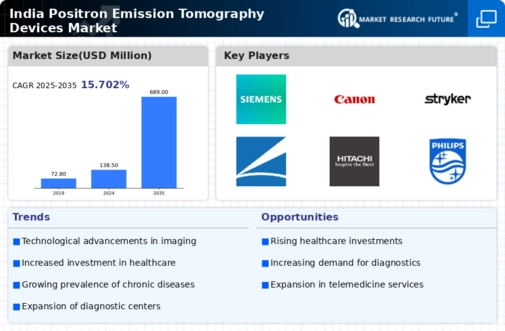
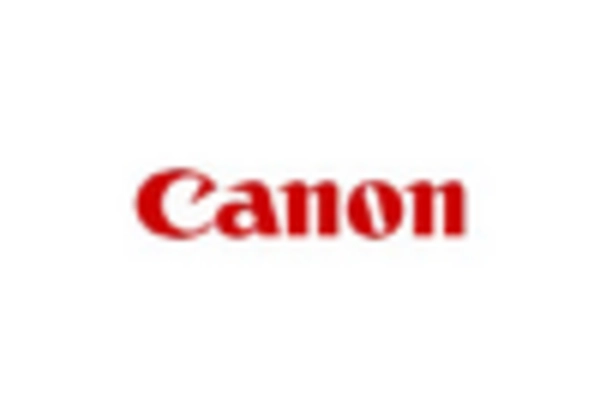
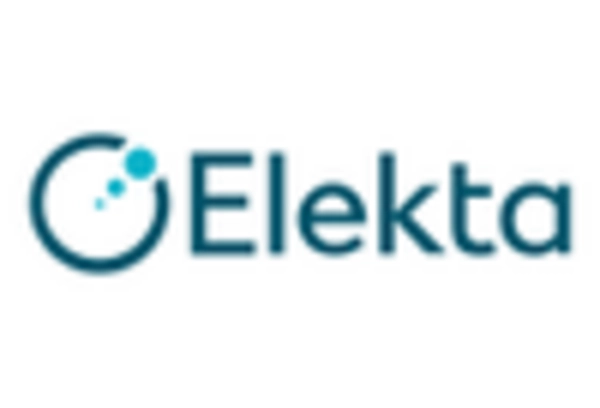
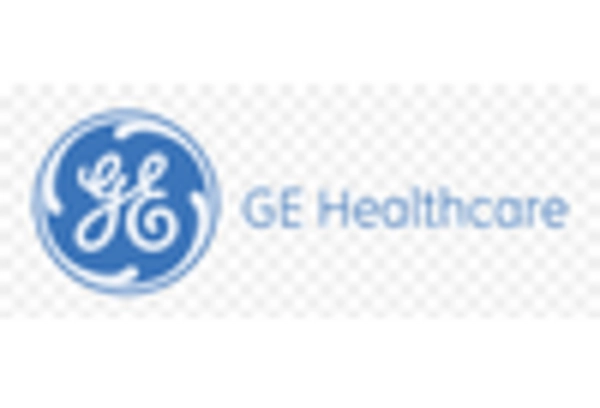
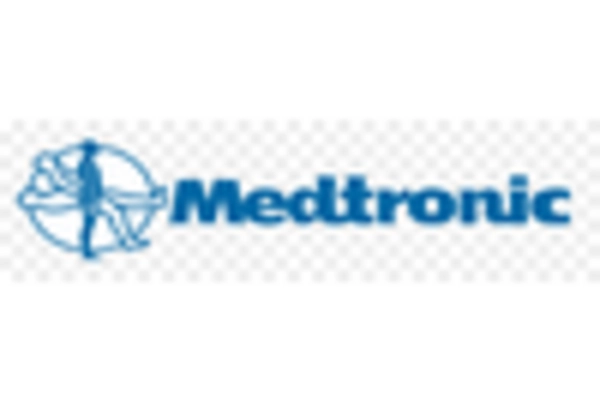
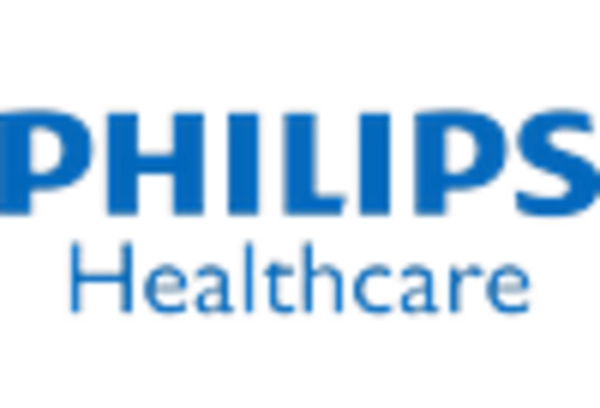









Leave a Comment